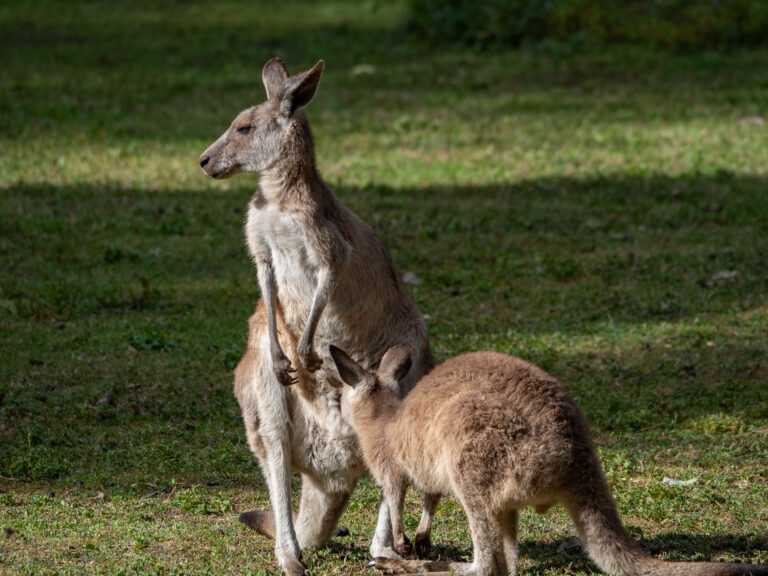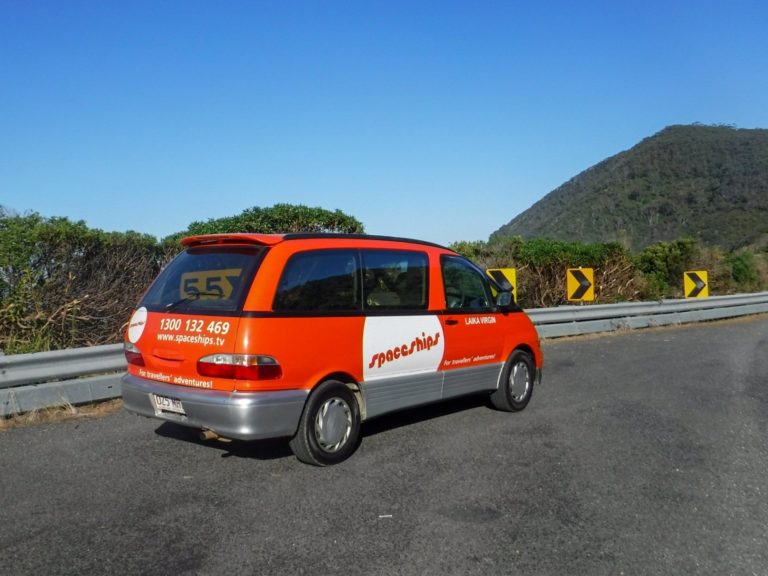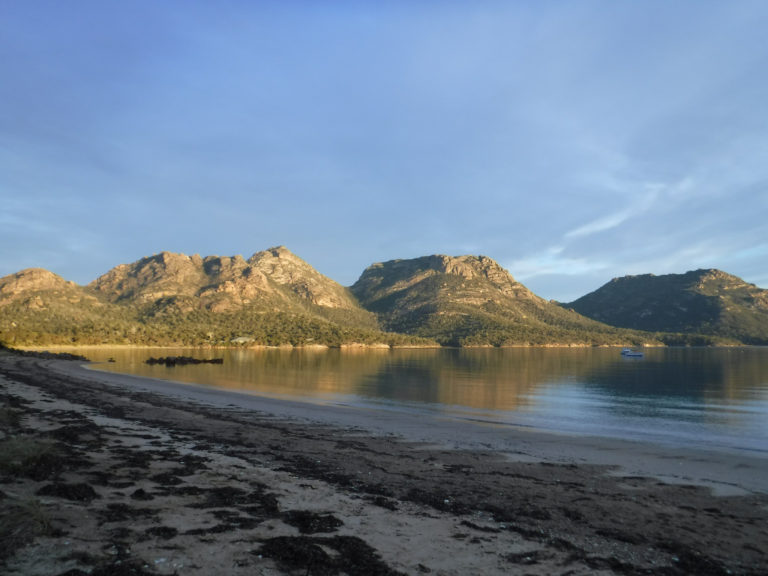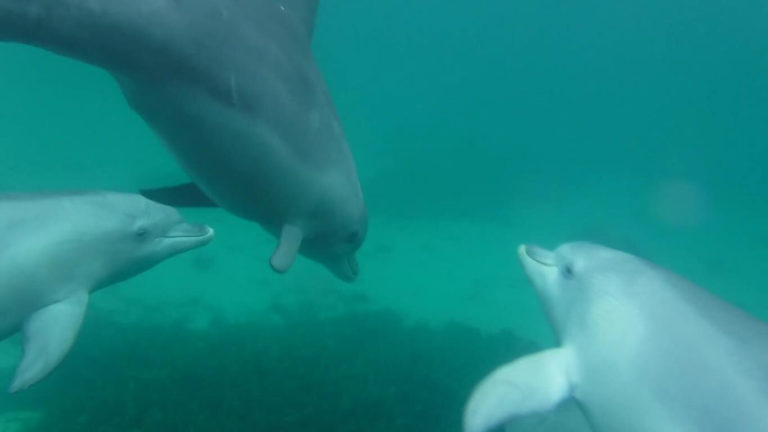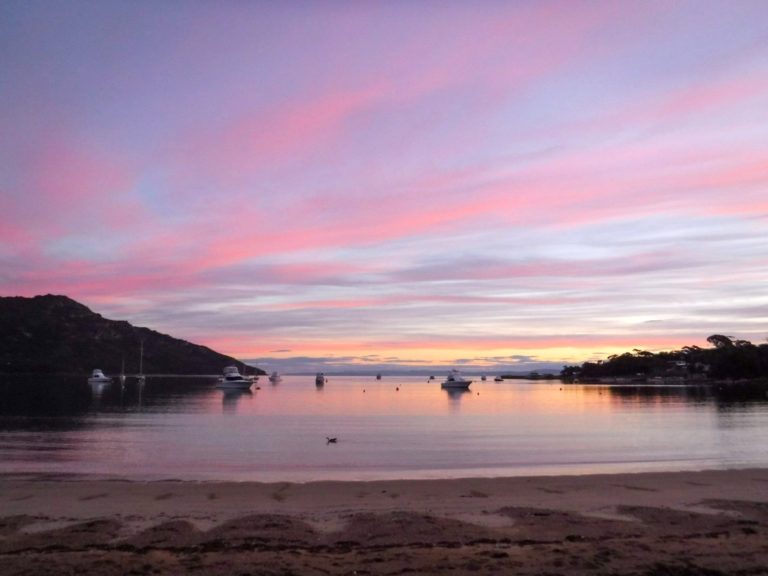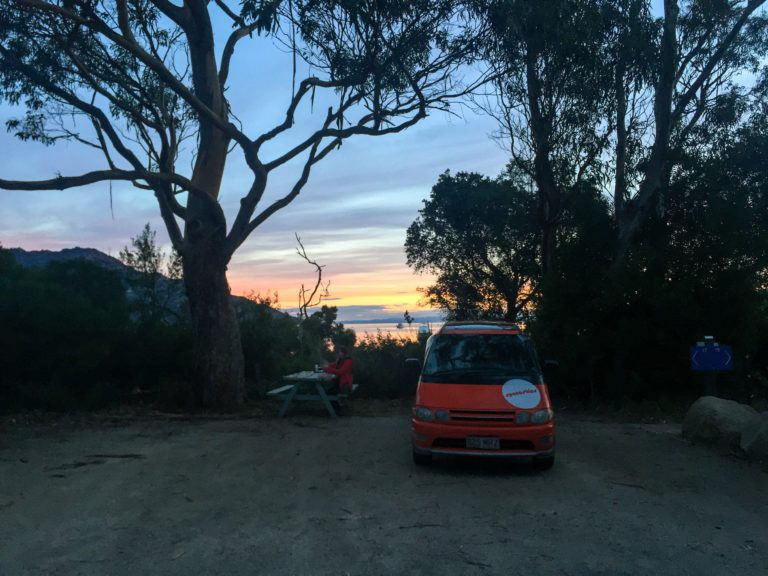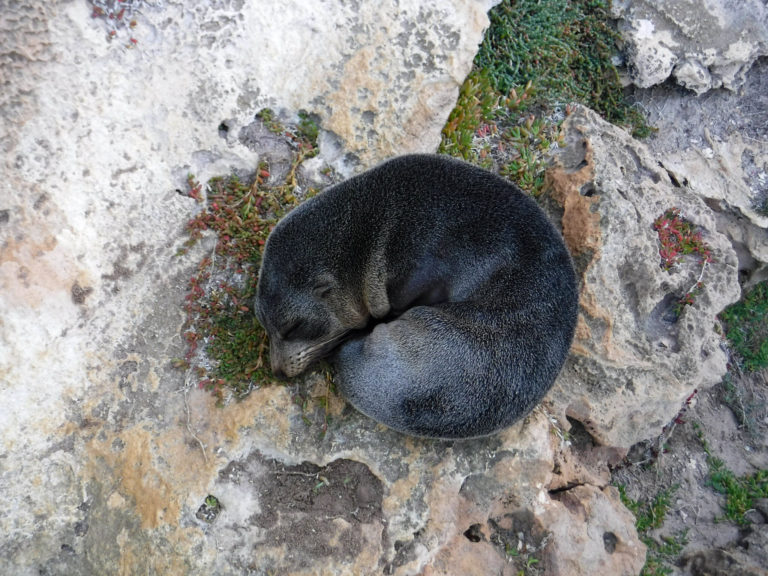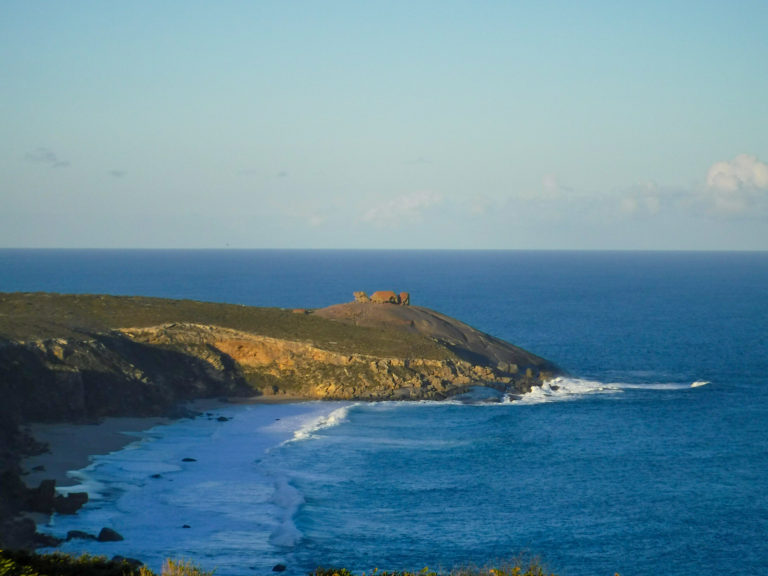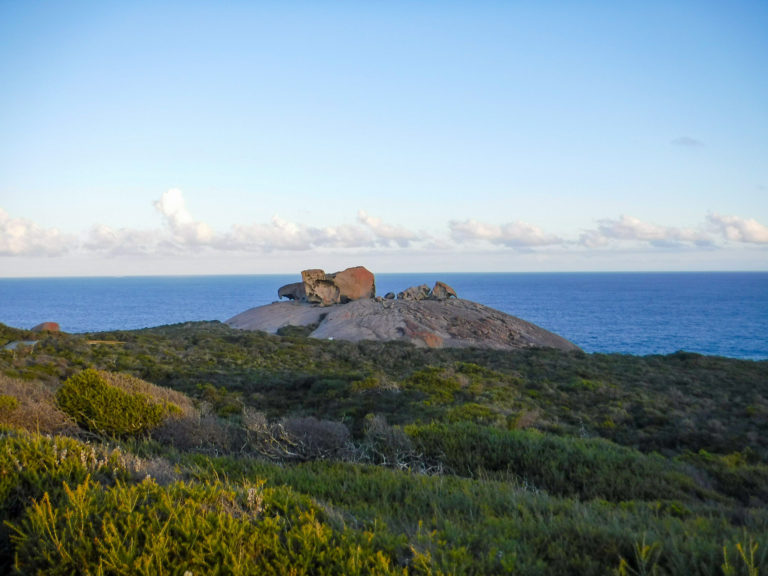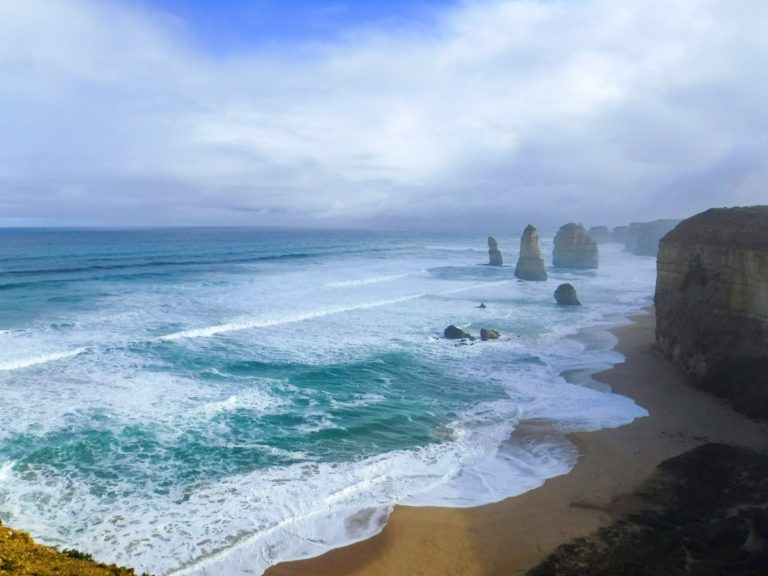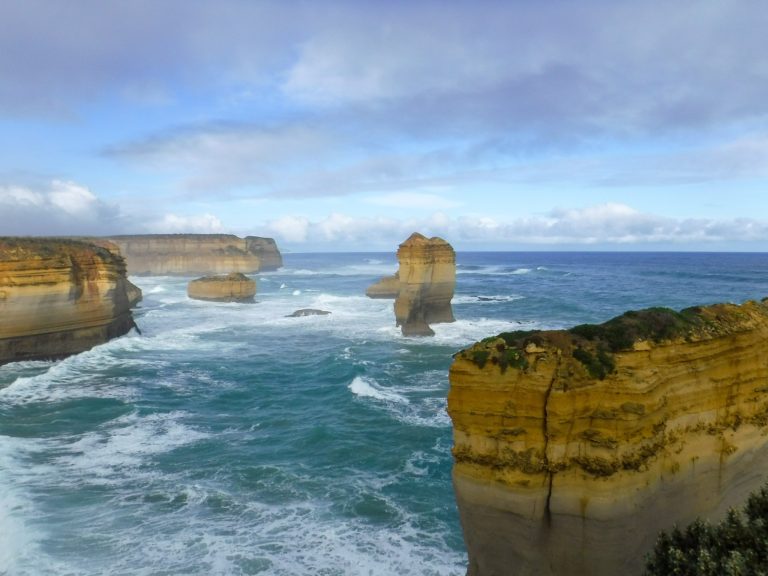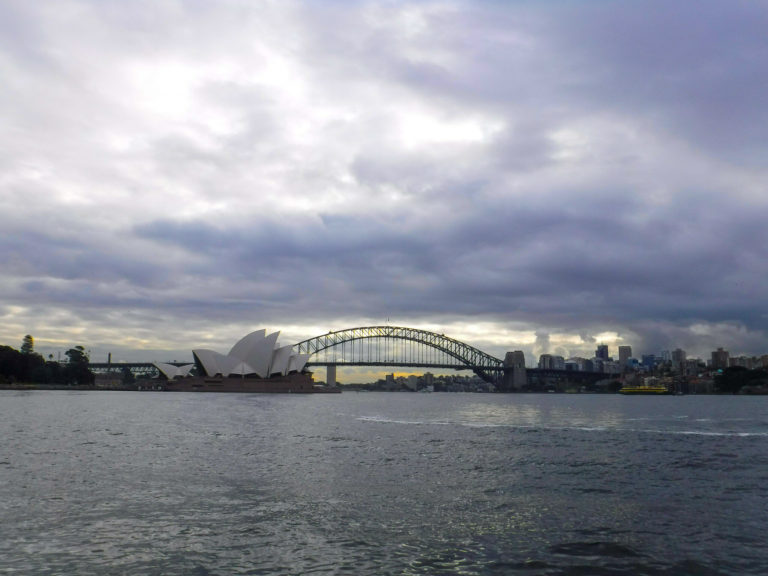A 5 Day Kangaroo Island Wildlife Spotting Itinerary
A complete 5-day itinerary of the best route around Kangaroo Island for wildlife lovers.
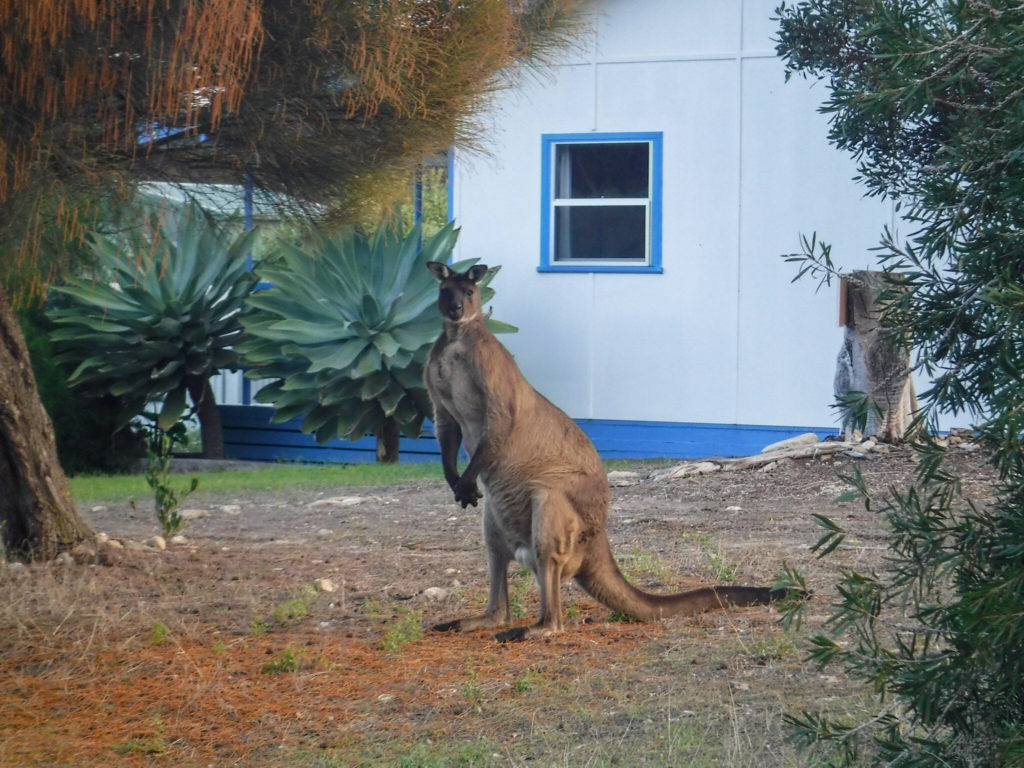
This post may contain affiliate links, which means we might earn a small commission on anything purchased through these links at no extra cost to you. Learn more on our disclaimer page.
Kangaroo Island is one of the last remaining, truly unspoiled places on earth. The vast wilderness is full of incredible views, pristine beaches, stunning coasts and so much wildlife. Animals you can spot in the wild include kangaroos, wallabies, koalas, pelicans, fur seals, sea lions, dolphins, whales, platypuses, possums and more! We’ve created a full 5-day Kangaroo Island wildlife spotting itinerary so you don’t miss a single animal off your list.
Time needed: 3-7 days.
When to go: March-April for warmer weather, June-October for the quietest experience, but chances of rain are higher.
Weather: Averages of 7°C-15°C in the Winter and 15°C-25°C in the Summer.
Language: English.
Currency: Australian Dollar.
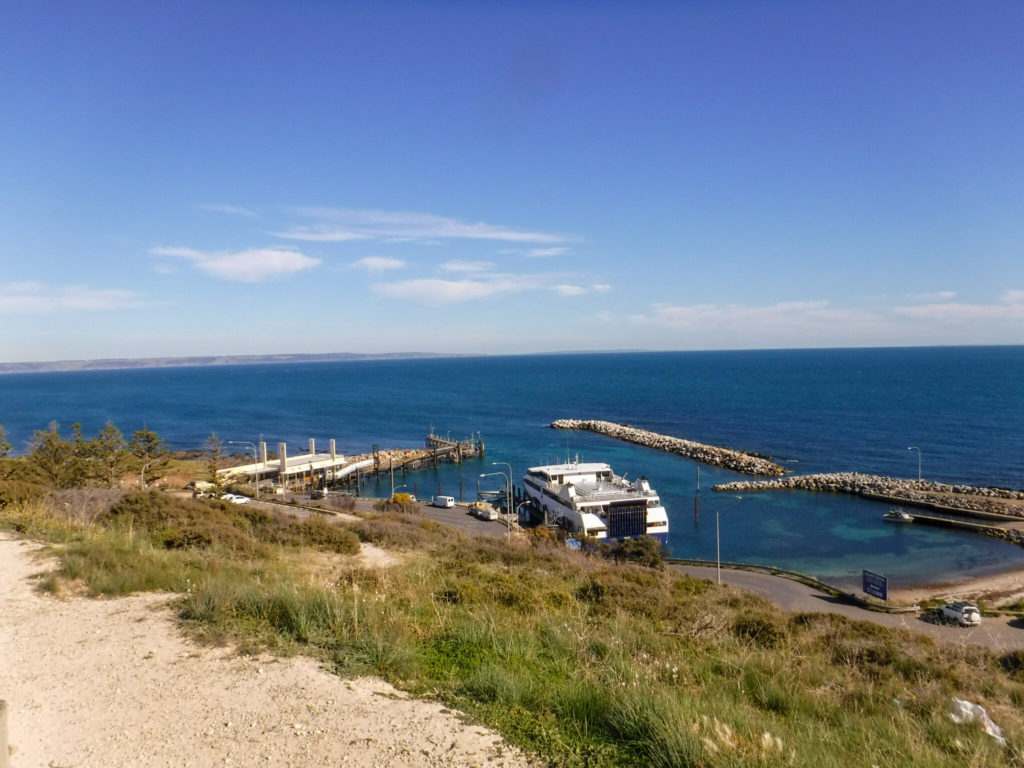
Day 1 – Arrive into Penneshaw
If you travel on the ferry (which most people do) you’ll arrive into Penneshaw, the gateway to Kangaroo Island. Penneshaw is also home to the world’s smallest penguins, fairy penguins. For your chance to spot them, we’d recommend you spend your first night here. You’ll probably be able to hear the peeping sounds these small penguins make after dark, but to see them we recommend you join the Penneshaw Penguin Centre on an evening guided walk. The tour guide will take you on a walk of Penneshaw’s foreshore and, using wildlife-friendly red light torches, illuminate the fairy penguins so you can see them. This means you’ll be able to spot the Fairy Penguins in the wild, without disturbing them or intruding into their habitat. You’ll also learn a lot about penguins, as well as other wildlife you might encounter and even the star constellations that may be visible.
The best time to see the penguins is during the breeding season from March to December, when they come ashore to their burrows. We visited in June and saw 7 in total.
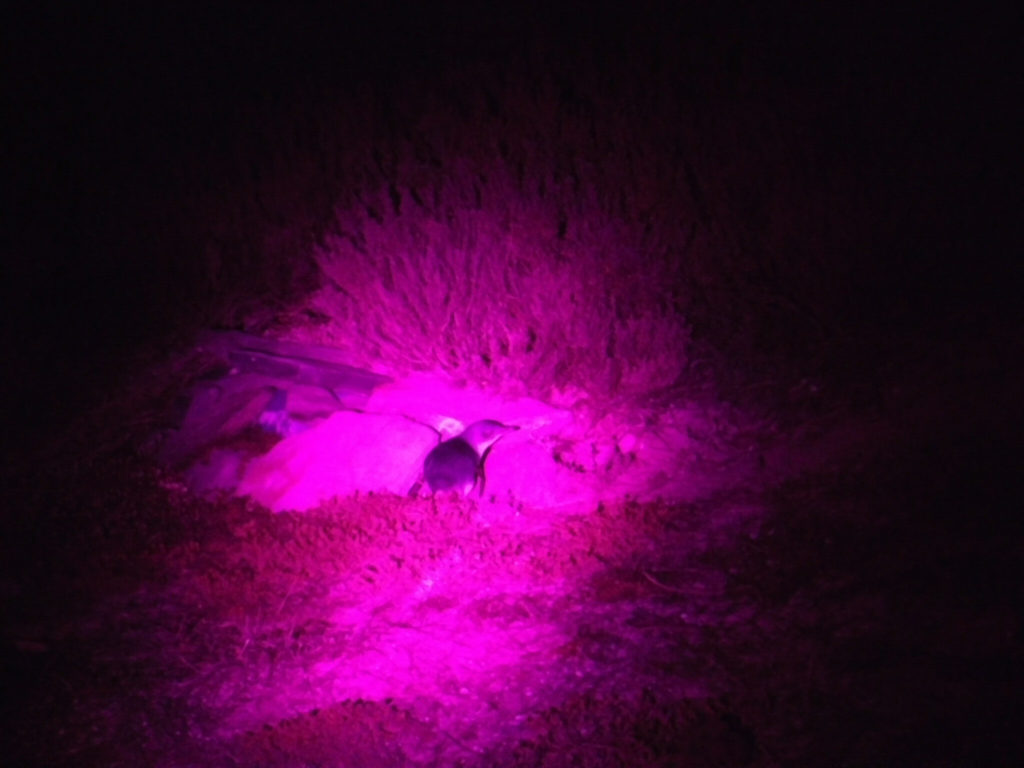
Day 2 – Penneshaw to Kingscote via American River
To get to the rest of the island from Penneshaw, you’ll pass American River. Look out for kangaroos en route! The Kangaroo Island Kangaroo is a sub-species of the Western Grey Kangaroo and is smaller, darker and longer furred than its closest mainland relative. During the day kangaroos often rest under vegetation, coming out to graze in the early morning and late afternoon. If you’re stopping to take photos of wildlife, make sure you pull well off the road before getting out.
American River is also a great spot for spotting birdlife and is an important breeding habitat. Stop at Pelican Lagoon to see black swans, pelicans and geese, among other birds.
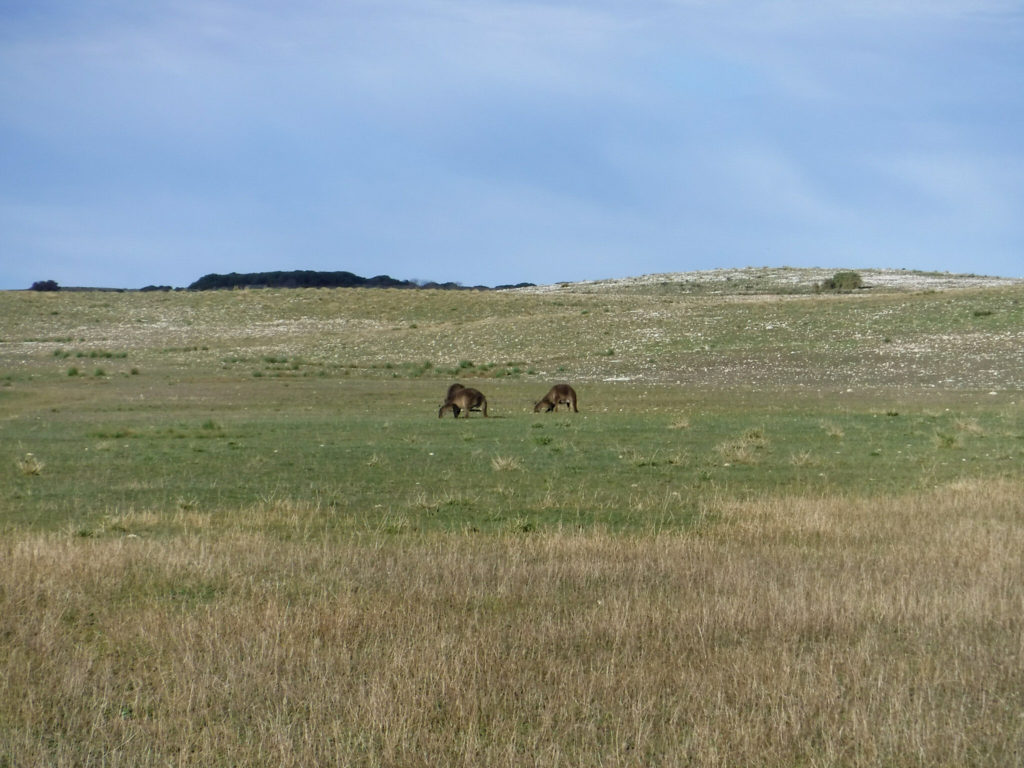
Next stop: the capital of Kangaroo Island, Kingscote. For pelicans, head to Kingscote Jetty, where they can be found all day long. The pelicans used to be fed here by locals and now they still congregate on the jetty. You’ll often find a few New Zealand Fur Seals sunbathing here too (but we’ll come to a better spot to see them later in this article). Other good spots for pelicans in this area include Shoal Bay and Emu Bay Jetty.
From Kingscote, you can join a 75-Minute Ocean Safari with Kangaroo Island Ocean Safari. You’ll be able to get up close to a variety of wildlife, including fur seals, sea lions, sea birds, dolphins and whales! Kangaroo Island Ocean Safari also offer a 2 hour dolphin snorkelling tour and we’re going to speak a bit more about that later in this article.
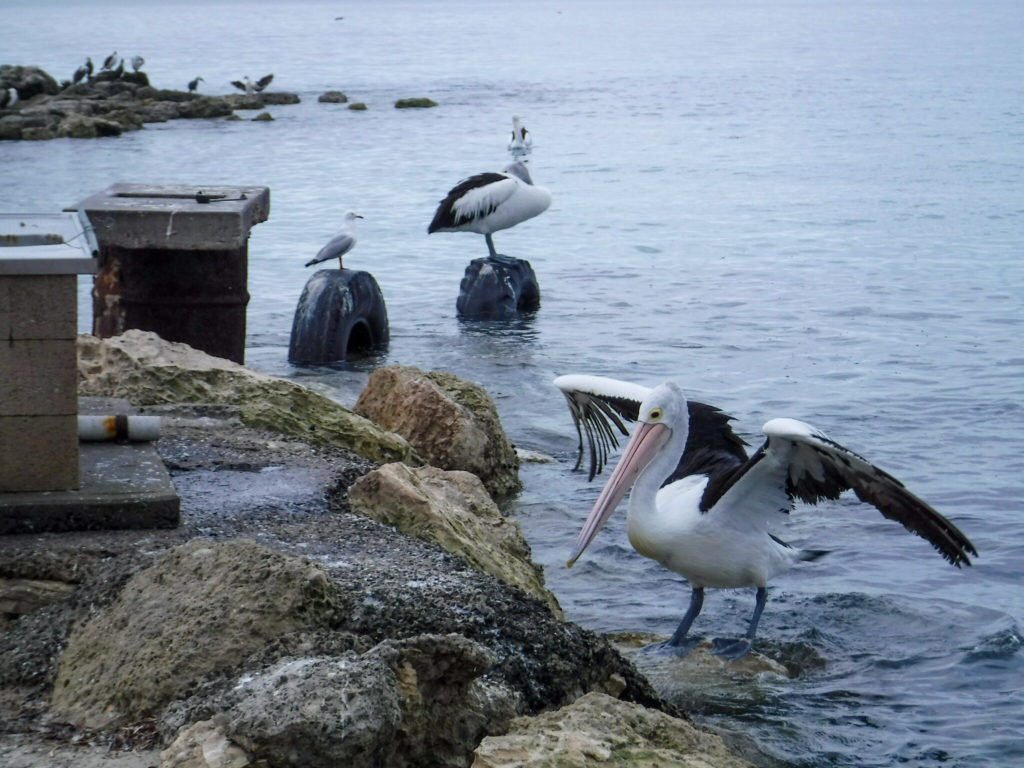
Day 3 – Kingscote to Hanson Bay
Most tourists choose to drive Kangaroo Island clockwise. This is the route we’d recommend, which means the first stop of the day is Seal Bay. Seal Bay is home to the world’s third largest breeding colony of Australian Sea Lion, which is one of the rarest seals in the world. A 900-metre boardwalk lines the beach, with viewing platforms and interpretative signs along the way. Guided tours are available with experienced guides, which venture into the heart of the colony, as well as twilight beach tours in the Summer. Don’t forget to stop by the environmentally friendly Seal Bay Visitor Centre for more information on the sea lions and their marine habitat.
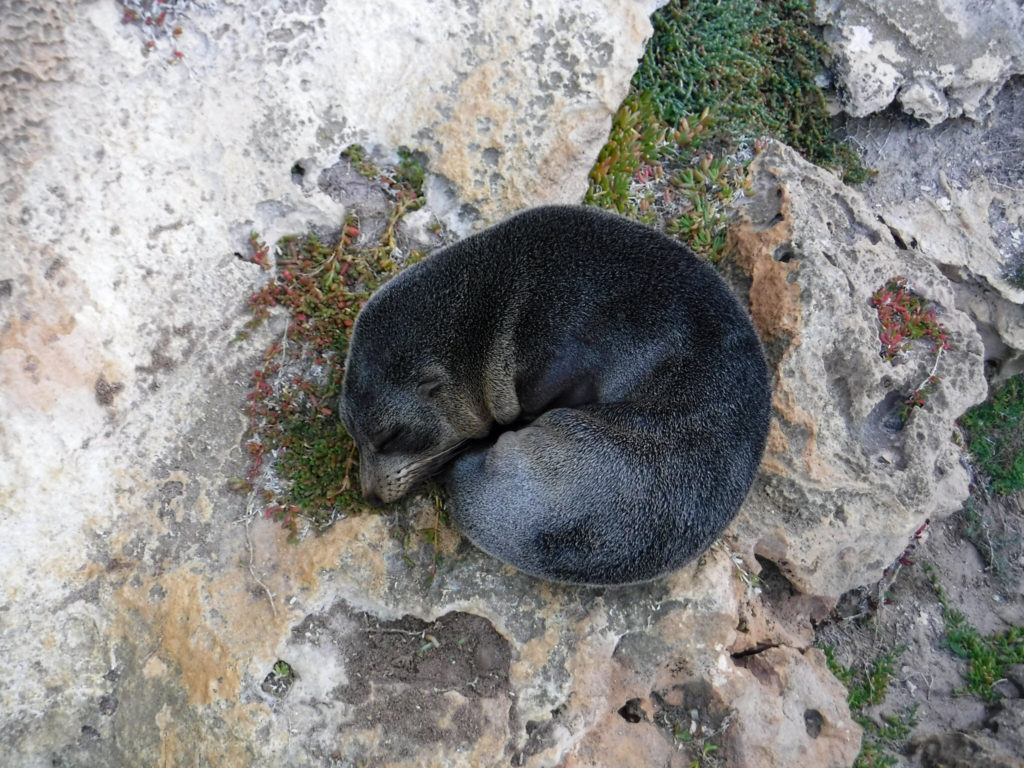
Just beyond Seal Bay is Vivonne Bay. Here you can join a 2-Hour Koala Walking Tour, where you are guaranteed to see a koala. Your guide will take you past the Little Sahara dunes to the bushland, walking through gum forests that are over 500 years old, and give you lots of information about Kangaroo Island’s flora and fauna. Alternatively, you can join a Guided Kayak Tour on Harriet River, allowing you to paddle in peace and serenity and spot numerous bird species.
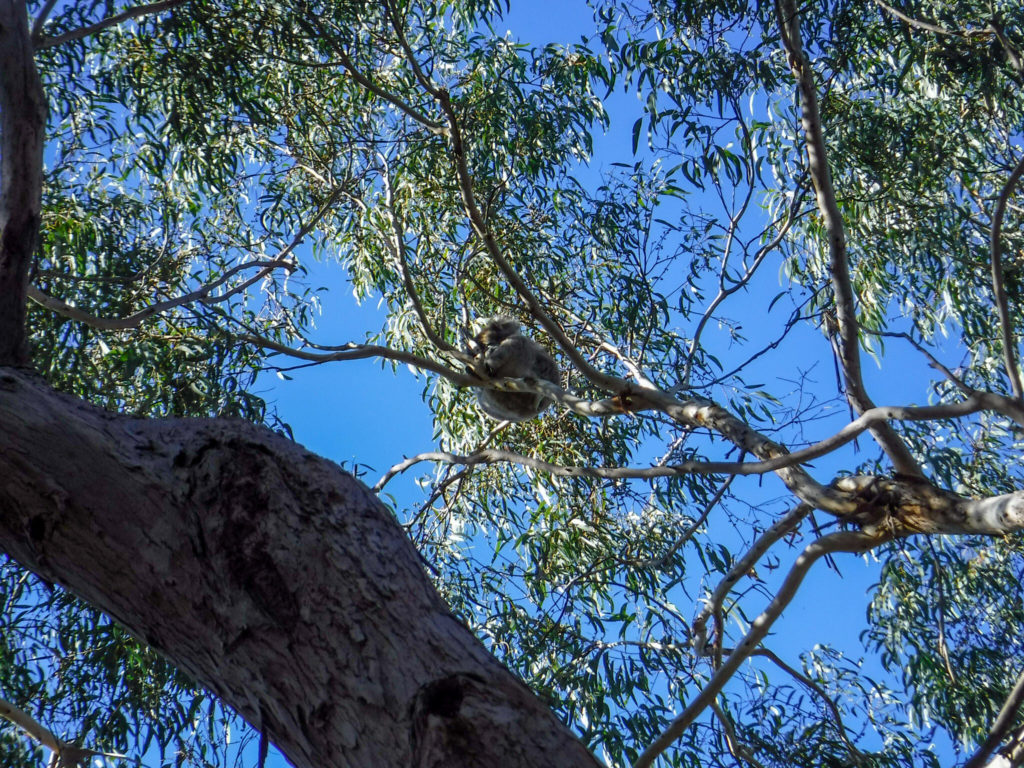
Next stop: Hanson Bay Wildlife Sanctuary. This is the best place on Kangaroo Island to see koalas. Here you can take a 90 minute guided tour and learn more about the koalas and their habits, or do the Koala Walk yourself. We spent a few hours walking around the gum trees, with our head tilted to the tree tops and we managed to spot 12 koalas in total! You might also see kangaroos, echidnas, possums, goannas, and birds such as crimson-breasted rosellas, honeyeaters, and black cockatoos here too. Make sure you pop to the gift shop on your way out – we bought some incredible, local Ligurian Bee honey. Kangaroo Island is actually a bee sanctuary, housing the last genetically pure population of the Ligurian honeybees
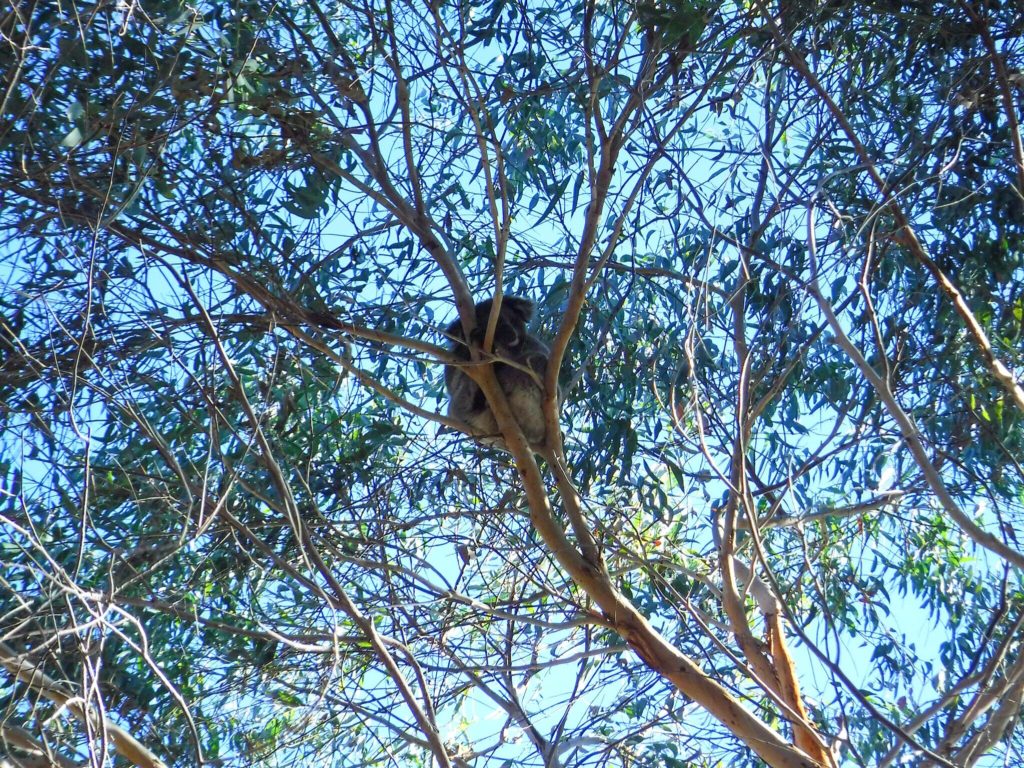
Day 4 – Flinders Chase National Park
The best area on Kangaroo Island for wildlife spotting is Flinders Chase National Park. You’ll start at the Flinders Chase Visitor Centre, where you can pay for a park pass (you must pay for entry to the park), explore exhibits and pick up souvenirs.
Then head straight to Cape Du Couedic headland, where you’ll find Admirals Arch, a natural rock arch that sits at the southerly tip of Flinders Chase National Park. A large colony of New Zealand Fur Seals resides here and between December and February you’ll often witness ferocious battles during breeding season. You can even spot the seals lying beneath the arch! Despite what their name might suggest, the New Zealand Fur Seal is actually native to Australia, so to avoid confusion, their name was changed to the Long-nosed Fur Seal, and now both names are used.
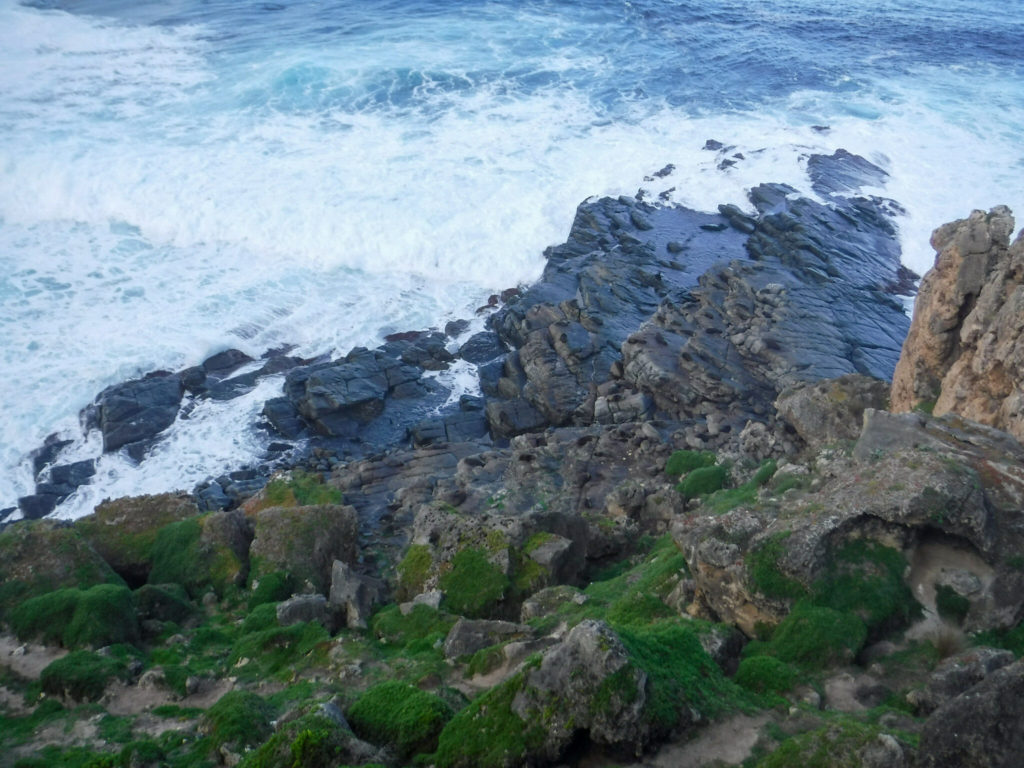
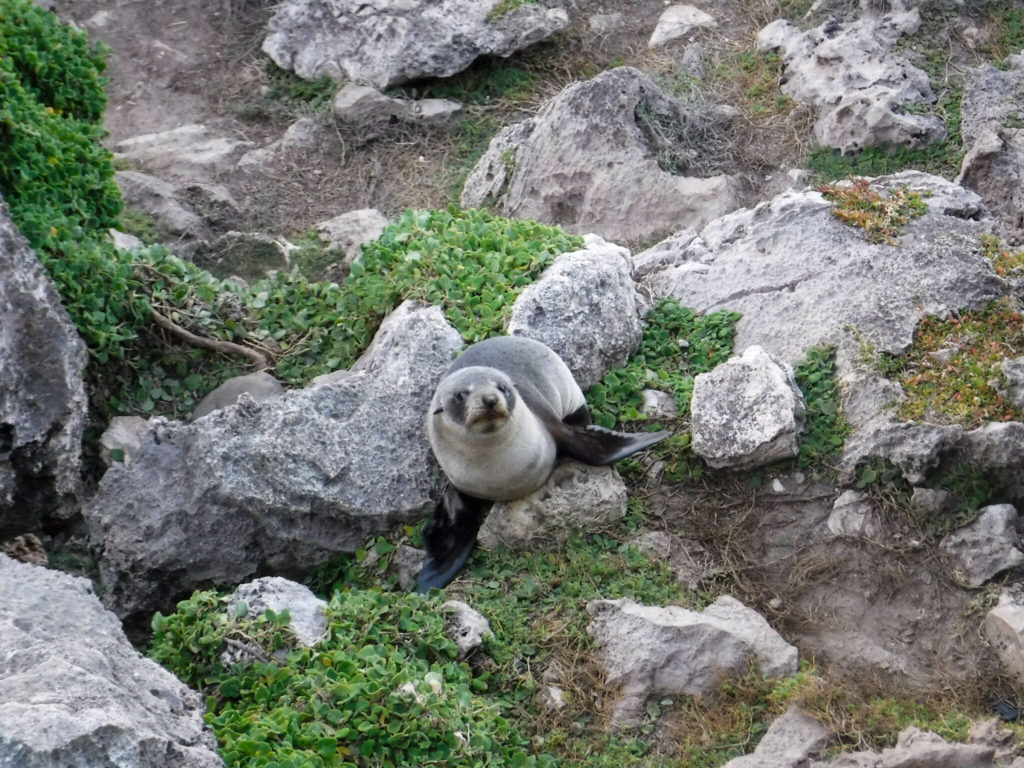
While you’re in Flinders Chase National Park, don’t miss the Remarkable Rocks, impressive, abstract granite rock formations, tinted with orange lichen. For your chance to see platypuses, go on a hike in the early morning or late evening. Kangaroo Island contains the only wild population of platypus in South Australia. They are generally found in and around the waterholes in the Rocky River region.
There are plenty of places to stay in Flinders Chase. We stayed at Snake Lagoon, which was a remote campsite located 8.5km down an unsealed road. There was no phone signal and no other campers, so we were really isolated, which is the best place to be for spotting wildlife. Unfortunately it was closed in the devastating 2019-2020 bushfires. But there are plenty of other, similar campsites in the area. Check out our guide here for information about camping in Flinders Chase National Park.
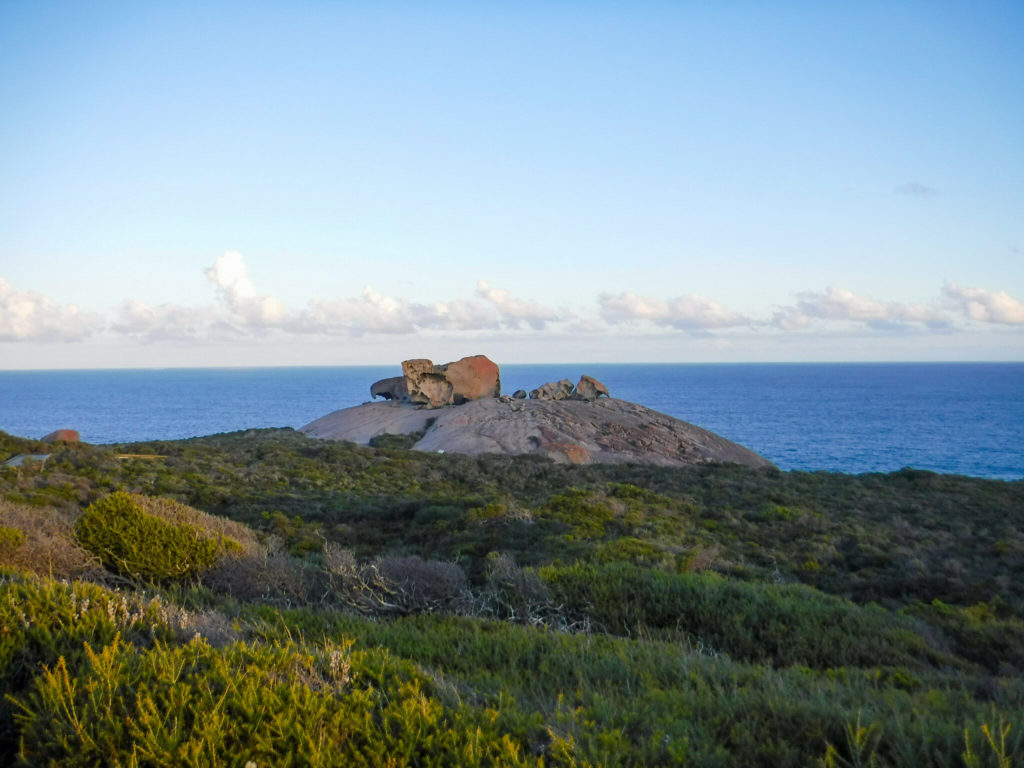
Day 5 – Swim with Dolphins
On the north side of the island you’ll find Stokes Bay, Emu Bay and Shoals Bay. This coastline is great for whale and dolphin spotting, but to get a closer look it’s advisable to book a boat trip. Hog Bay is a popular place to see dolphins from the shore. But it’s possible to get a lot closer on a boat tour.
Kangaroo Island Ocean Safari offer a 2 hour Dolphin Snorkelling Tour from Penneshaw. You’ll see lots of wildlife, including fur seals, sea lions and sea birds, as well as having the opportunity to jump in the water with wild dolphins (in a safe and responsible environment)! You can also book with Kangaroo Island Marine Adventures, whose 3 hour Island Explorer Tour leaves from Emu Bay or Shoals Bay. There’s plenty of opportunity to see wildlife, including fur seals, sea lions and sea birds, before diving in the water with dolphins.
Read next: Swimming with Wild Dolphins on Australia’s Kangaroo Island
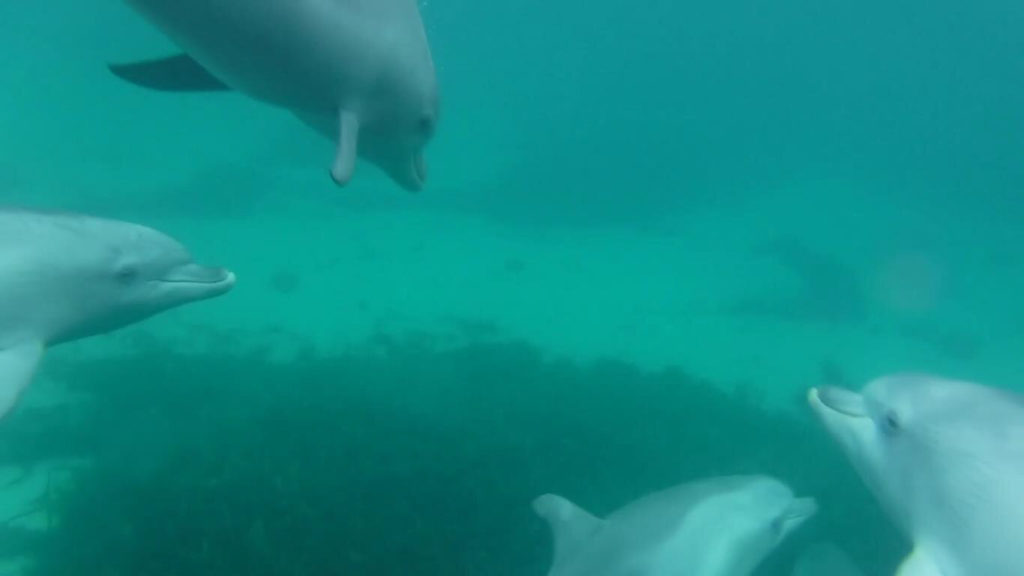
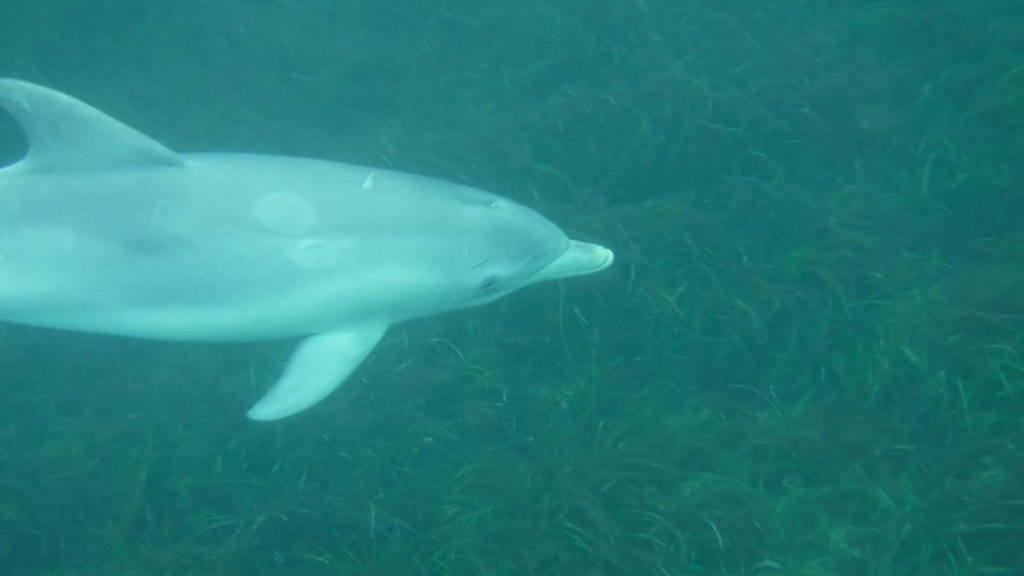
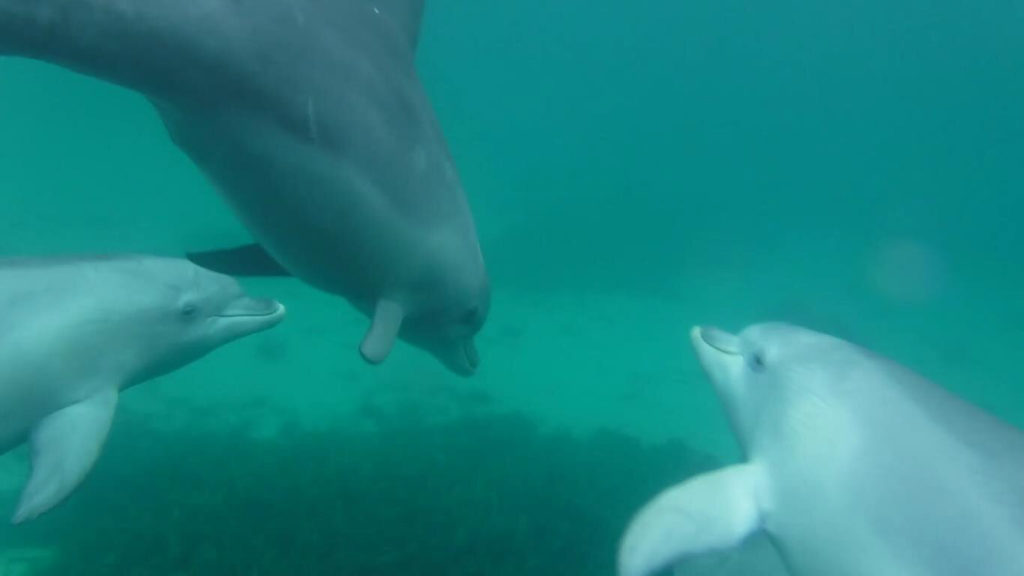
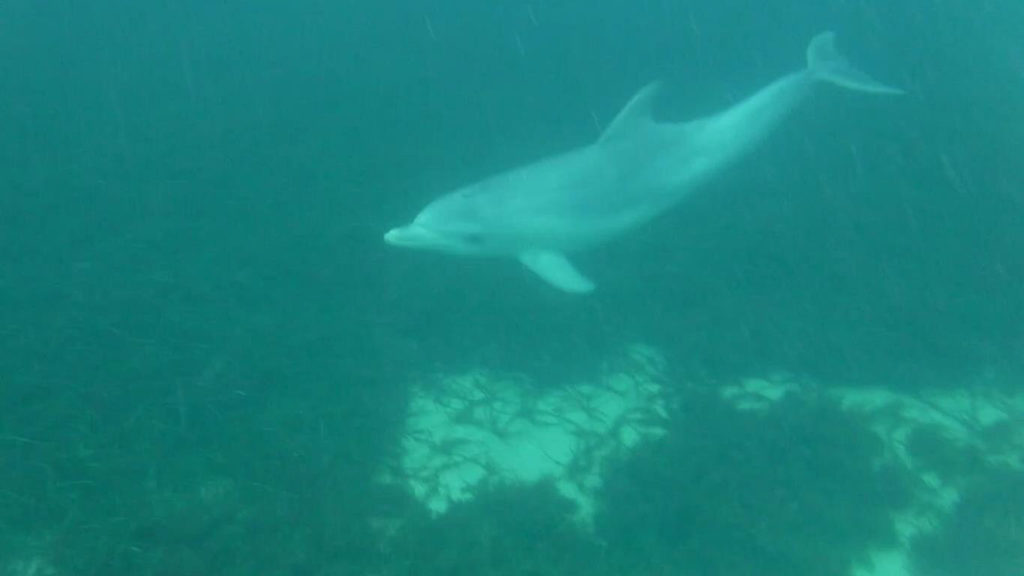
While you’re in the vicinity, make sure you check out Bay of Shoals Wines, where you can do a wine tasting and buy some locally crafted wine. It’s delicious and the perfect way to celebrate all the wildlife you’ve managed to spot in the wild! Wine lovers should consider joining a 4 Wheel Drive Wine Tasting Tour, which visits 5 of Kangaroo Island’s best vineyards and includes guided commentary on the winemaking process and tastings of local wines and nibbles.
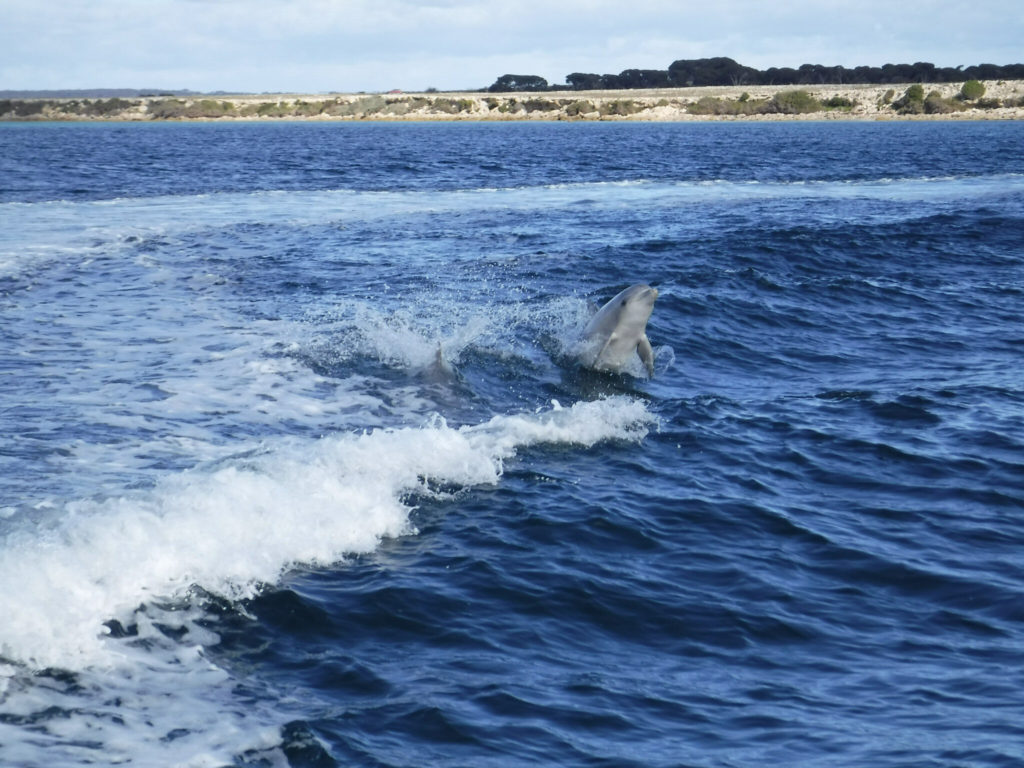
Interactive Kangaroo Island Map
What else is there to do on Kangaroo Island?
If you have more time on Kangaroo Island, there are plenty more things to see and do. Hike in Flinders Chase National Park or walk along the many beaches on the north coast. If you’re a foodie, you’ll love exploring all the local food and wine businesses that give Kangaroo Island its reputation for great produce. Taking a Kangaroo Island Food Tour can be a great way to visit all the best Kangaroo Island food and wine spots. While wine lovers have 6 different vinyards to choose from and can do multiple tastings on a Wine Tasting Tour. Gin lovers should head to Kangaroo Island Spirits for a Premium Gin Tasting of 5 signature gins.
Read next:
The Best Places to See Wildlife on Australia’s Kangaroo Island
The Thorough Guide to Kangaroo Island’s Flinders Chase National Park
Where to stay on Australia’s Kangaroo Island
Everything you need to know about (ethically) Swimming with Dolphins on Australia’s Kangaroo Island
Check us out on social media!
